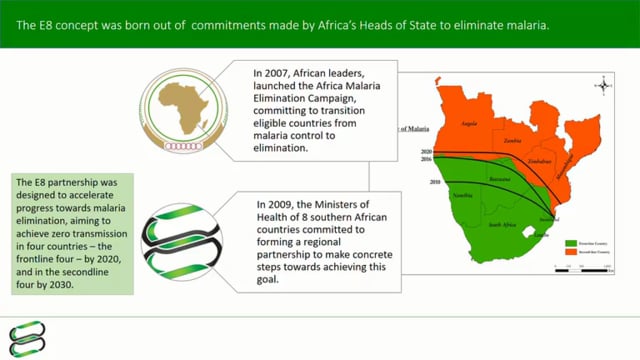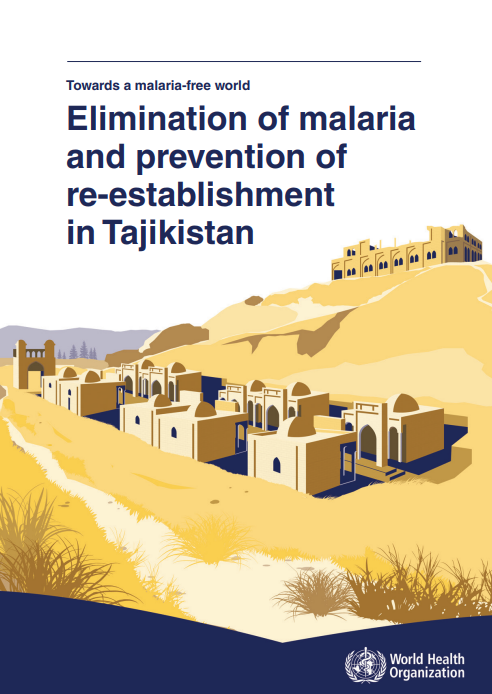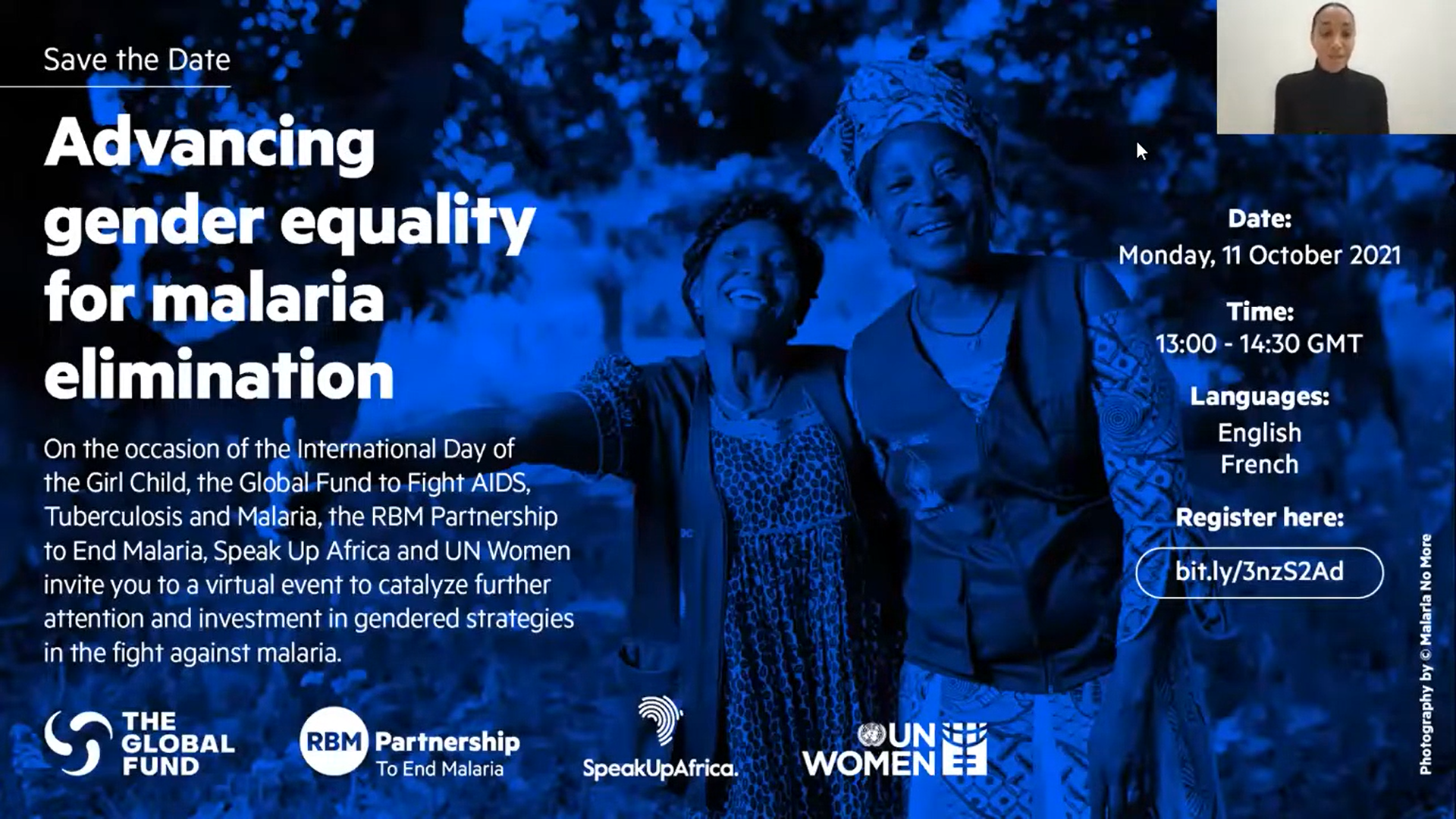ASTMH 2017, Immo Kleinschmidt: “A multi-country initiative to accelerate elimination by reducing cross-border importation of malaria”
Countries: Africa, Southern
Published: 07/11/2017
In collaboration with ASTMH, Image Audiovisuals, and session presenters, MESA brings you this webcast from the 66th ASTMH annual meeting in Baltimore, November 2017
Title: “A multi-country initiative to accelerate elimination by reducing cross-border importation of malaria”
Speaker: Immo Kleinschmidt, London School of Hygiene & Tropical Medicine
Session information:
Tuesday, 7 November, 4:00 – 5:45 PM, Convention Center – Ballroom III (Level 400)
Abstract:
The importation of pathogens, including malaria, through population movement has long been recognised as a contributor to the transmission of infectious diseases and an obstacle to disease elimination. The Elimination Eight (E8) is a multi-country Southern African regional initiative to coordinate the elimination of malaria in four frontline countries (Botswana, Namibia, South Africa and Swaziland) by 2020, and pave the way for elimination in four second-line countries (Angola, Mozambique, Zambia and Zimbabwe) by 2030. The frontline four countries have reduced malaria incidence to pre-elimination levels; their highest burden areas are generally adjacent to borders with second-line countries. The region is experiencing a steady rise in both regular (formal) and irregular (informal) migration and travel. The persistence of malaria transmission in the pre-elimination countries is partially caused by ongoing importation of infections from across the borders, where malaria transmission is higher, and access to health services is limited. As they reduce malaria incidence, E8 countries, therefore, remain vulnerable and receptive to malaria outbreaks triggered by imported cases from their neighbours. To counter this risk, E8 countries, working through their National Malaria Control Programs, have established a mix of approximately 40 static and mobile border health facilities on 5 key international borders between high and low transmission districts of E8 countries. The goal of these health posts is to improve access to malaria testing and treatment services, among mobile and migrant populations and underserved resident communities in border districts. All health posts provide core diagnosis and treatment of malaria, whilst static facilities additionally provide a basic package of primary health care services. An evaluation study will be carried out to assess the impact of these border posts on mobile and resident populations. This presentation will describe the E8 border health post project and its evaluation.



